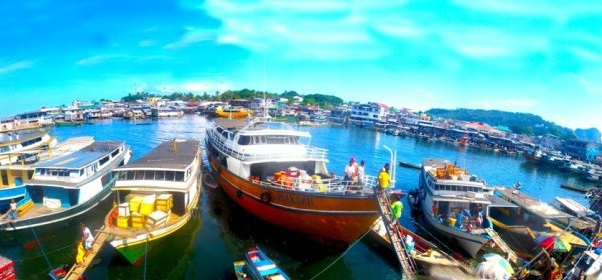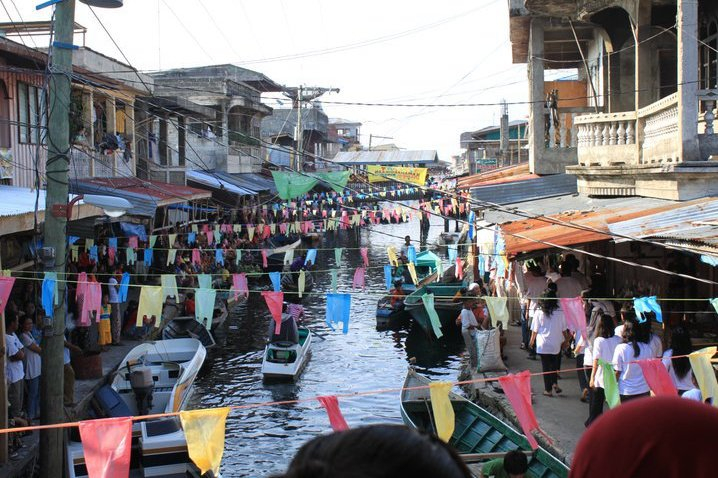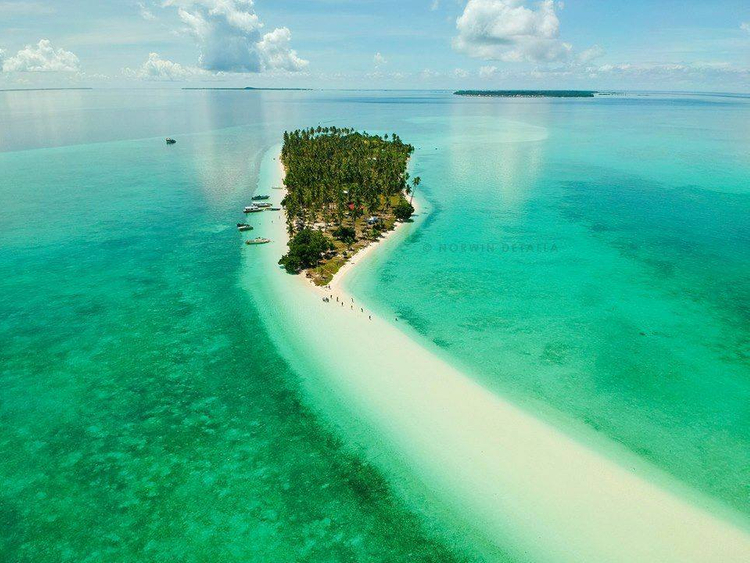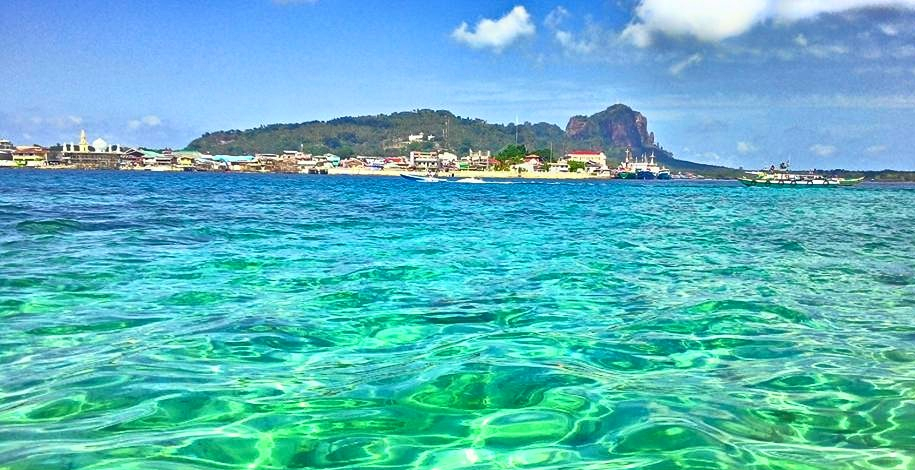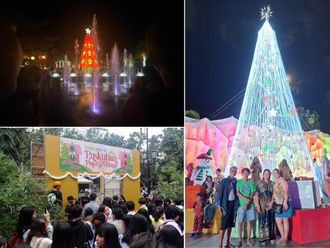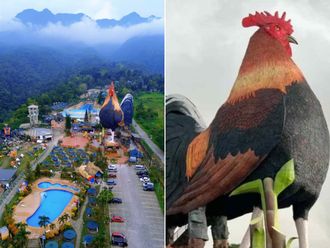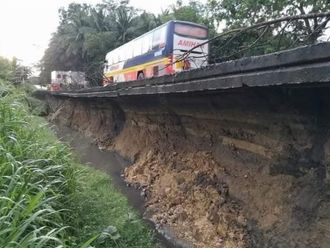
Manila: In a bid to enliven economic activity in the border areas with Malaysia, the Philippines has taken a step back from its trading history with its neighbours and brought an ancient trading practice.
An executive order signed by President Rodrigo Duterte in the latter part of October directed officials to revive the “barter trade” in the country’s southwestern region, particularly in the island provinces of Sulu and Tawi-Tawi.
Trading for centuries
Trading of goods had been going on for centuries between Sulu, Tawi-Tawi, Zamboanga and Malaysia, at a time when borders separating these territories were yet to be defined by the present countries.
Read more:
Sultan Kiram rejected Malaysia’s offer of long-time lease for Sabah: wife
Brunei’s help sought to resolve Sabah-Sulu debacle
“The trading of goods between Sulu and Tawi-tawi, island provinces of the Philippines, and Sabah, a federal state of Malaysia, has been going on for centuries, even before the Spaniards and the Americans even discovered the islands,” Agriculture Secretary Manny Piñol earlier said.
“People of Sulu and Tawi-tawi bring many of their produce to Sandakan and Labuan (in Malaysia) and on their way back, they bring whatever items they need. What is now considered smuggling to us was simply barter trading to them. That is the reality,” said Piñol.
He said that the recent spike in the prices of basic goods — particularly rice — was also the reasons that prompted officials such as to suggest that the country revert to barter trade in Sulu and Tawi-Tawi.
Recent administrations were also forced to restrict the passage of goods and people, amid concerns over terrorism and human trafficking.
Regulated practice
Under President Duterte’s Executive Order (EO) No. 64, barter trade will once more be allowed but would be regulated.
A body will oversee the barter exchange between the Philippines, Malaysia. This will be called the Mindanao Barter Council (MBC) and will supervise, coordinate and harmonise policies, programmes and activities on exchange of goods in the southern Philippines.
Initially, the EO 64 allows barter trade in only three ports in the Southwestern portion of the country close to the border with Malaysia, these are the Port of Siasi and Port of Jolo in Sulu, and the Bongao Port in Tawi-Tawi.
Sulu and Tawi-Tawi is now considered among the impoverished areas of the country, but such conditions were not like that before.
Sulu native, writer Noralyn Mustafa, in previous interviews with Gulf News, recalls that there was a time that Sulu, Tawi-Tawi and Zamboanga was a hotbed of trade and prosperity through barter trade.
Prosperous islands
“During the early 1970s, before the conflict in Mindanao involving the Moro National Liberation Front (MNLF) broke out, Sulu and Tawi-Tawi were very prosperous because of the barter trade.
"We were able to wear clothes and enjoy goods that were in fashion even before people in Manila were able to do so. But because of the war, all of these disappeared and the borders separating the Philippines and Malaysia were forced to impose heightened restrictions,” she said.
The revival of barter in Mindanao is seen to not only create jobs and business opportunities but also strengthen trade and commerce between Brunei, Indonesia, Malaysia and the Philippines.


